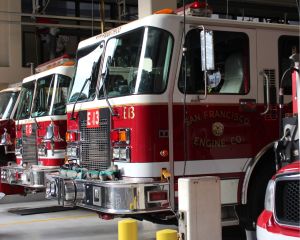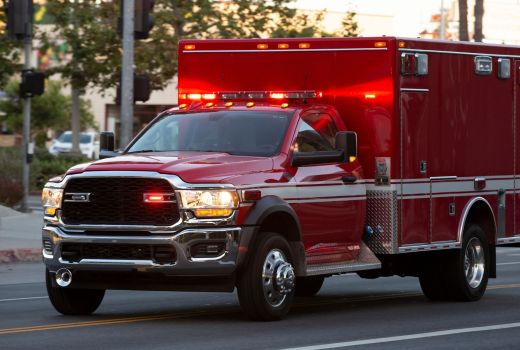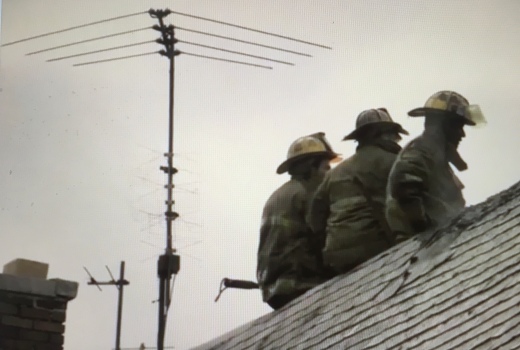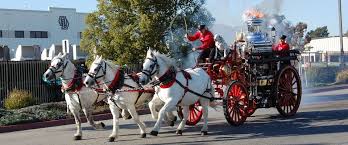
The recently published document by the Orange County grand jury regarding the deployment and response of resources by Orange County fire departments to emergency medical calls for service is both stunning, and concerning in the inaccuracies, opinions, and falsehoods presented as fact. The determinations made appear to be based on these failures or research, and lead to what may be a pre-ordained belief, without factual support. Because this document rehashes a 2012 effort of a similar matter, I am disturbed by the need for another review that fails to build on the earlier discussion.
Fundamentally, the local fire department deploys resources designed to respond to and to mitigate the unwanted effects of the environment on life, property, and the environment itself. Albert Einstein is quoted as saying that the environment is “everything but me,” referring to himself at the time. Except for specifically law enforcement related matters, unrelated to unwanted fire, this defines the responsibility of fire department emergency response. The two most time sensitive, or emergency responses, include fire suppression and emergency medical/rescue code-three (with lights and siren) response. The fire service is truly a multi-mission operation that serves to address many of the emergency needs of the community. The capability of the local fire department is only limited to the funding and leadership provided by the governing agency decisionmakers.
To fully understand the importance of emergency response it is necessary to carefully consider the concept of time, and the influence of time on the growth of uncontrolled fire and patients in extreme medical conditions i.e., coronary, stroke, blood loss et al. In all these situations the outcome is directly related to timely intervention. The sooner that trained personnel, operating efficiently, arrive at the scene and begin fire suppression or medical treatment the more likely that a desired outcome is probable. There are three components to the total response time of a fire department: call processing time, turnout time, and travel time. The only component that cannot be manipulated to a great extent is travel time as rescue personnel can only travel so fast through the city streets to arrive at the scene of an emergency.
The distribution of fire stations across the land mass of a city like Newport Beach serves to place fire department rescue personnel near potential fires or medical emergencies under static conditions. During times of fire department system stress due to uncontrolled fire i.e., Emerald Bay and Coastal Fire recently, in Orange County and specifically Newport Beach, a rapid and integrated system is employed to shift similar resourced into areas of reduced coverage. This was recently demonstrated and reported to the City Council in a timely fashion by the fire chief regarding the Coastal Fire in Laguna Hills. Rapid intervention serves the people you, and your fire department serve.
Of the two identified time sensitive functions of the fire department, fire suppression and medical/rescue, resource deployment should be considered for the need based on a timely response to the incident, or potential incident. Because the building stock of a community changes slowly over time, the deployment of firefighting resources and staffing at the local firehouse responsible for initial fire suppression efforts should be based on factors related to risk, occupancy type, and travel time to all areas of initial responsibility, or first due for the resources staffed at that firehouse. Earlier intervention of fire should equate a smaller fire that is extinguished faster, requiring fewer total resources from neighboring firehouses. This concept should result in a more efficient operation that has fewer fire stations assigned to a fire and committed to a fire outside the first due area.
Because the community will need the firehouses staffed for fire suppression needs, the use of these same firefighting personnel for emergency medical/rescue response was seen as a wise use of taxpayer funds. The report fails to understand the wisdom of this important concept, and in fact fails to consider this altogether. Fire apparatus, fully equipped to perform all the multi-mission functions, and available 24/7 unless committed to a prior emergency is the gold standard of the business. The idea presented to staff a two-person medic unit in place of a “second” engine at the Laguna Woods firehouse fails to consider the multi-mission functions of a fire station that protects a large hospital, a very busy complex of freeways, and housing with mature residents who will need additional support under emergency circumstances. That Laguna Woods firehouse is staffed in that fashion because it is the busiest firehouse in a densely developed county of over 3 million residents. Drawing broad conclusions based on a limited, and often false understanding, has resulted in a bad recommendation.
I found it unusual that Newport Beach in particular, with a somewhat unique deployment of resources only matched by the City of Orange, was not mentioned in text of this report. This was especially noteworthy as the thesis of the report was focused on resource deployment, city operated ambulance services, and the Orange County Fire Authority (OCFA). The limited investment by the OC grand jury into the research on this important subject only serves to support the idea that the effort was biased from the start and will provide ample information for those intent on diminishing the value of a future OC grand jury report on a similar subject.




